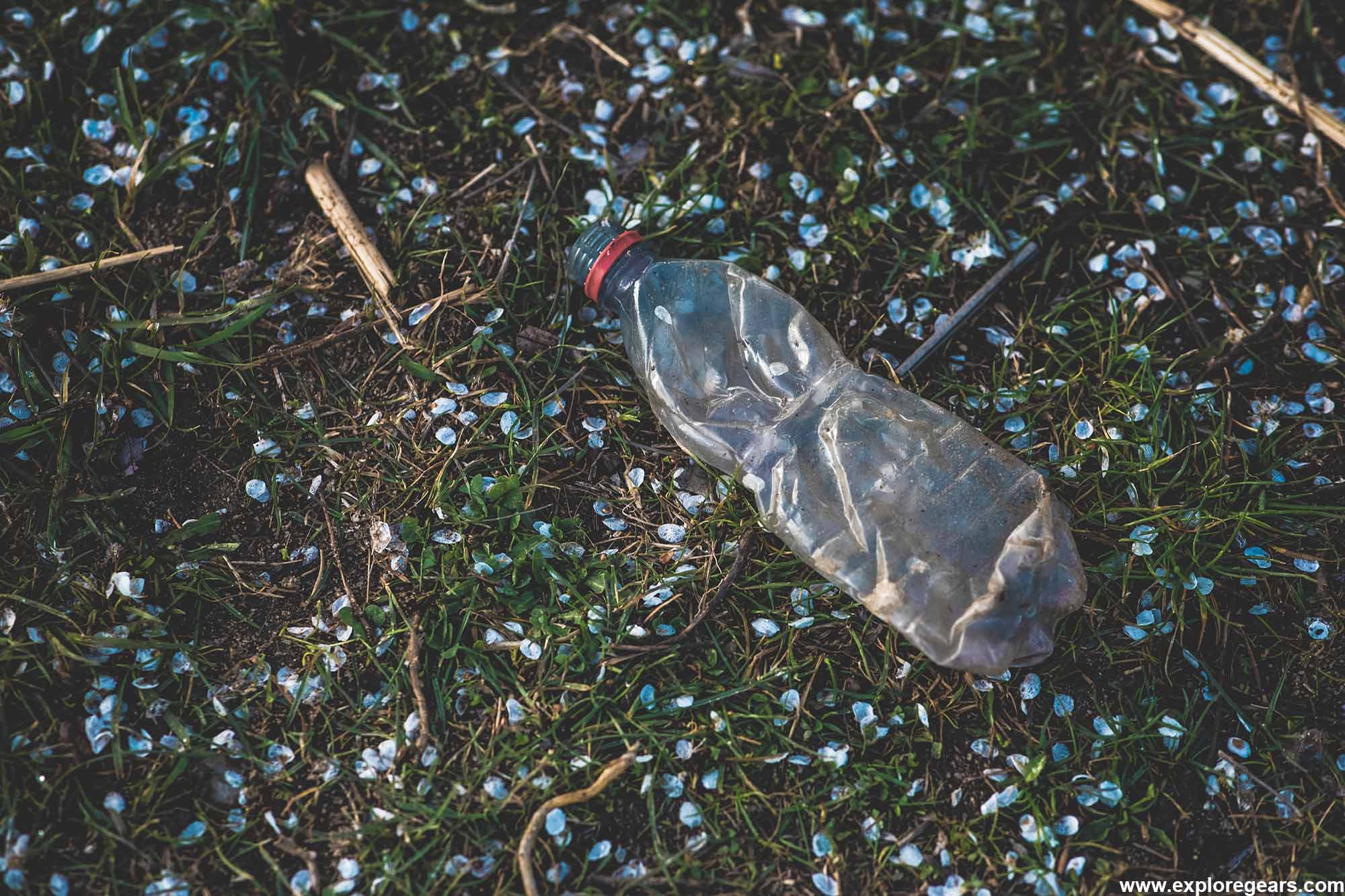Current situation of outdoor garbage
The issue of outdoor waste is becoming increasingly severe, urgently requiring action through public welfare initiatives and donations. From plastic bags in city parks to food wrappers on mountain trails and abandoned fishing nets on beaches, outdoor waste is ubiquitous.
According to the United Nations Environment Programme (UNEP) 2021 report “From Pollution to Solutions: A Global Assessment of Marine Litter and Plastic Pollution”, over 8 million tons of plastic waste enter the oceans annually, while terrestrial waste pollution is equally alarming.
To illustrate the historical trend of this issue, we have compiled the following table based on publicly available data, reflecting the growth of plastic waste:

Causes of Outdoor Waste
Outdoor waste arises from both natural and human factors, though human behavior is the primary driver. A 2024 study in “Nature” (Cottom et al.) reveals that 52 million tons of plastic waste enter the environment annually, with tourism hotspots being particularly affected.
Ecologically, Earth.Org (2024) estimates that at least 100,000 marine animals die annually from ingesting or becoming entangled in waste, while microplastics threaten the food chain. Socially, with UNEP estimating economic losses from marine plastic pollution in 2018 at $6-19 billion, and the toxins from decomposition pollute water sources, endangering health.
Explore Gears pledges to donate $100 to environmental organizations for every $10,000 in sales, linking consumption with conservation. This model not only encourages sustainable purchasing but also funds cleanup projects.
As long as everyone gives a little love, the world will become a better tomorrow.





